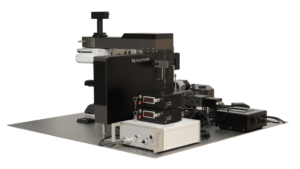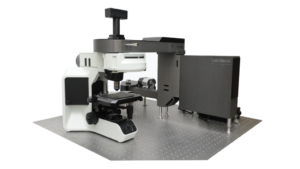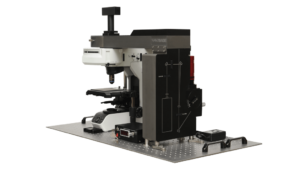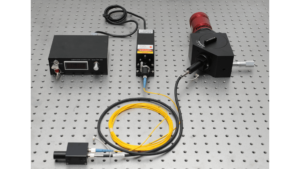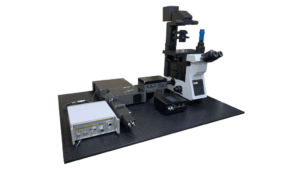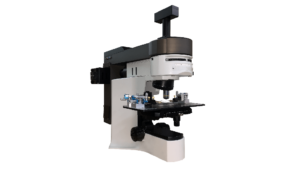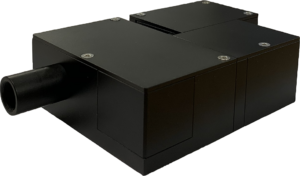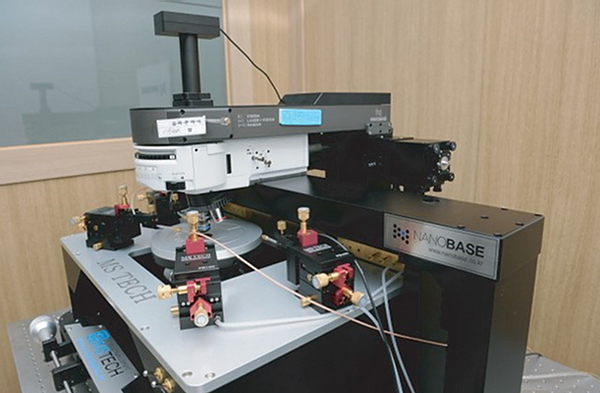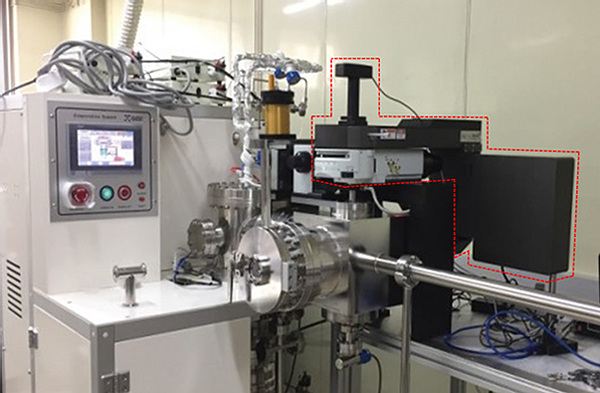
Fast, High Performance Raman Solutions.
Nanobase’s VPH transmission technology delivers superb signal-to noise, fast set-up and high speed scans.
Nanobase spectrometers deliver >90% peak efficiency through an innovative transmission grating technology. This delivers ultra-high speed scanning over a wider area (>200 µm x 200 µm. see graphs). The modular design allows flexibility for future enhancements and easy integration with existing equipment such as Flim, Photocurrent measurements. AFM…
Xper RF
Hybrid micro Raman instrument (with optional FLIM)
- Raman, PL, EL, FLIm, TCSPC
- Up to three Freespace lasers
- Pulsed laser for TRPL measurement
- Over 90% peak efficiency
- 200 x 200 μm scanning area on 40X objective
XperRam S
Micro Raman instrument
- Raman, PL, EL
- Up to three Freespace lasers
- Over 90% peak efficiency
- 200 x 200 μm scanning area on 40X objective
- Fully customizable
XperRam C
Micro Raman instrument
- Raman, PL, EL
Only one laser equipped - Over 90% peak efficiency
- 200 x 200 μm scanning area on 40X objective
- Compact and budget friendly
XperRAM M Series
Macro Raman instrument
- Raman, PL, EL
- Only one laser equipped
- 532 nm or 785 nm laser options
- Over 90% peak efficiency
- Laser probe customizable
- Optional Z-axis control holder
Xper-FLIM
Fluorescence Lifetime imaging
- FLIm, TCSPC
- Photon detection efficiency 49% at 550 nm
- 1 or 2 channels for time tagging electronics
- 200 x 200 μm scanning area on 40X objective
- Flexible microscope options
Xper-PC
Photo current imaging and analysis
- Photocurrent imaging and measuring (source/drain, gate dependence)
- Up to three Freespace lasers
- 200 x 200 μm scanning area on 40X objective
- Probe positioner and stage fully customizable
- Bending or straight probe tip
Xper IP Mini
Non-destructive optical thickness measurement.
Powerful, affordable thickness measurement of transparent samples. Range between 1.2 mm -0.03 mm +/- 0.2% accuracy.
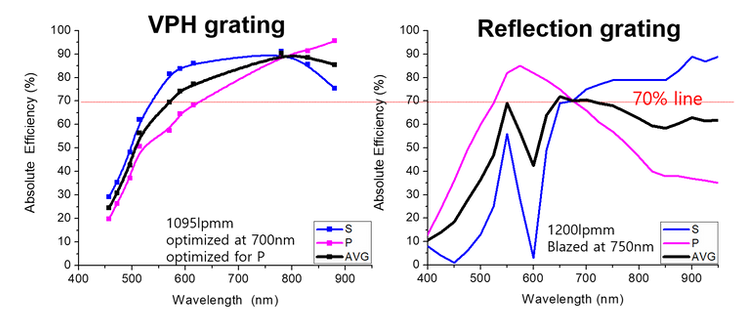
The graphs illustrate the superior efficiency of Nanobase’s use of VPH transmission gratings (Volume PHase Grating) over lens-based techniques.

